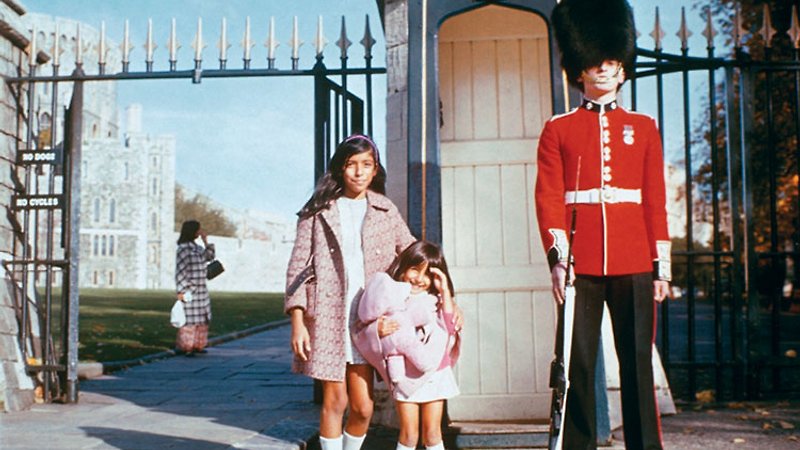A young Indian doctor immigrates to England in 1965, leaving behind his distraught family. Forty years later, his daughter tells their moving story, using period Super-8 footage.

This bittersweet history of three generations of immigration draws on 40 years of one family’s home movies.
Screened as part of NZIFF 2006
I for India 2005
In 1965, optimistic young doctor Yash Pal Suri and his wife Sheel left their home country of India to settle in the grim north of England. Frustrated with the inadequacy of letter-writing, Yash bought two Super-8 film cameras, two projectors and two reel-to-reel recorders and shipped one of each to his parents in India. Over the following decades Yash captured his budding family in their new surroundings, filming snow-covered trains, nurses in miniskirts and early attempts at disco dancing. He also documented his growing sense of displacement in a country that was torn apart by race riots during the 1970s. Meanwhile, Yash’s parents sent their own cine-reports to England, in which they pleaded for him to come home. In 1982 he buckled under the pressure, but his family’s brief return to India was fraught with difficulties. Daughter Sandhya Suri has fashioned a lyrical and moving film around these poignant mementos of separation. She intercuts recent interviews with family members and uses newsreel footage to trace the changing government policies and social attitudes towards emigration that impacted on their lives. Meanwhile she watches as her sister contemplates a career away from the England – and the parents – that made them.
“The pain and necessity of separating from one’s parents forms the unifying theme of I for India, Sandhya Suri’s intimate and rewarding documentary about her Indian expatriate family… This artfully integrated piece raises questions about cultural identity and filial obligation and provides no easy answers.” — Justin Chang, Variety